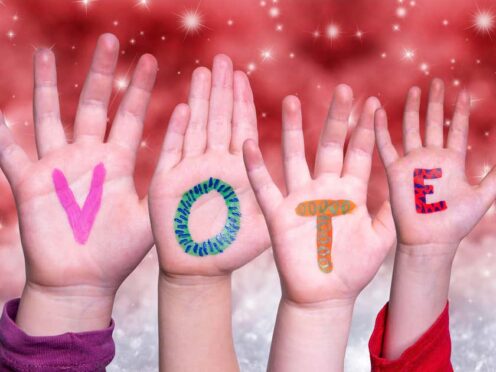A children’s vote held ahead of the General Election has seen Labour come out on top, with the Conservatives last – below Reform UK.
The vote, organised by a coalition of youth organisations and charities, saw 23,000 people aged seven to 17 take part across England and Wales.
The Our Generation. Our Vote mock election was held to give young people a voice and hear first-hand views about the policies of the main parties, according to the coalition which stressed that the organisations involved are politically neutral.
The overall results saw 32% voting Labour, 29% choosing the Green Party, 13% going for the Liberal Democrats, 10% picking Reform UK and 9% favouring the Conservatives.

For Wales alone, the results were 30% for Labour, 22% for the Green Party, 14% for Reform UK, 10% for the Liberal Democrats, 9% for Plaid Cymru and 8% for the Conservatives.
The coalition behind the campaign, including Save the Children, UK Youth and Girlguiding, said more than a fifth (22%) of the children who took part had highlighted education as the policy area that influenced their vote the most.
This was followed by health and climate and environment (joint on 18%).
Cost of living was an issue for 16%, while 12% cited safety.
Immigration and refugees was mentioned least, with 8% saying this had influenced their vote.
A total of 22,889 children cast their vote before polls closed at 5pm on June 21, with results coming from 112 schools and youth groups which submitted voting data, rather than being seen as a nationwide poll.
The Children’s Charities Coalition, made up of Action for Children, Barnardo’s, the National Children’s Bureau, NSPCC and The Children’s Society, said: “The ‘Our Generation Our Vote’ poll shows how engaged children and young people are in the political decisions that affect them and their families’ welfare and wellbeing.
“With only days before the next election the main political parties have still got time to publish child-friendly versions of their manifestos helping young people feel included in the political process.
“We need the next Prime Minister and Chancellor to be champions for children and prioritise measures that support children to engage positively in the democratic process.”
